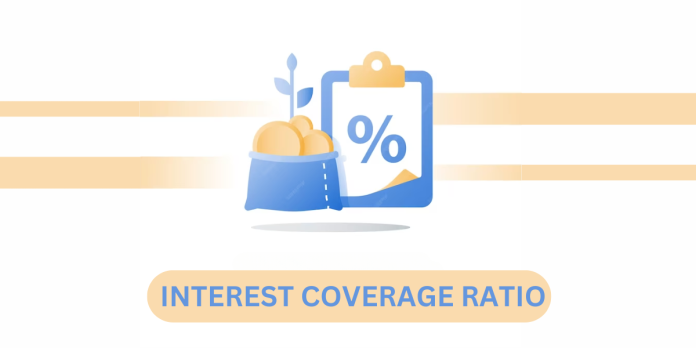The interest coverage ratio (ICR) is a financial metric that measures a company’s ability to meet its interest payment obligations on its debt. It is calculated by dividing a company’s earnings before interest and taxes (EBIT) by its interest expense. The resulting ratio provides important insights into a company’s financial health and is used differently by creditors and equity shareholders due to their distinct interests and positions within the capital structure of the firm.
The interest coverage ratio formula is calculated as follows:
Interest Coverage Ratio = Earnings Before Interest & Tax / Interest Expenses
Creditors, such as bondholders and lenders, have a primary interest in the safety and security of their investments. For creditors, a higher interest coverage ratio is a positive indicator because it signifies that the company is generating sufficient earnings to comfortably meet its interest payments. A high-interest coverage ratio reduces the risk of default and signals financial stability, which is reassuring for creditors. Consequently, creditors tend to view a company with a strong interest coverage ratio more favourably, as it suggests a reduced risk of credit losses.
On the other hand, equity shareholders, including common stockholders, are concerned with the potential for higher returns on their investments. For them, a high-interest coverage ratio may not be as favourable as it is for creditors. While a strong interest coverage ratio indicates financial stability, it also implies that a significant portion of the company’s earnings is being used to service debt, leaving less available for distribution to equity shareholders in the form of dividends or retained earnings. Equity shareholders typically prefer to see a reasonable, but not excessively high, interest coverage ratio, as this suggests a balance between financial stability and the potential for higher returns on their investment.
Generally, it is said that an Interest Coverage Ratio of 2 is good for investors, but here is one interesting point: it does not generate enough returns for the shareholders. Let’s test the above statement:
| ICR | 1 | 2 | 3 | 4 |
| EBIT | 100.00 | 100.00 | 100.00 | 100.00 |
| LENDERS | 100.00 | 50.00 | 33.33 | 25.00 |
| GOVT (30%) | 0.00 | 15.00 | 20.00 | 22.50 |
| SHAREHOLDER | 0.00 | 35.00 | 46.67 | 52.50 |
In the above table, we have Interest coverage ratio, EBIT, Interest to pay lenders, tax and earnings for the shareholders. If ICR is 1, then every earned value is for lenders as it equals interest expense. If ICR is 2 which is to minimum limit for shareholders as we see lenders are getting 50 units and shareholders are getting 35 units. If shareholders take more risk compared to creditors, then they are earning less. This risk-reward ratio seems unfavourable hence this company looks most attractive for lending rather than equity investment. When ICR is 3 or 4 the risk gets minimised and the potential for the returns maximises. So, that’s why it is said that the ICR should be more than 3 not 2.


